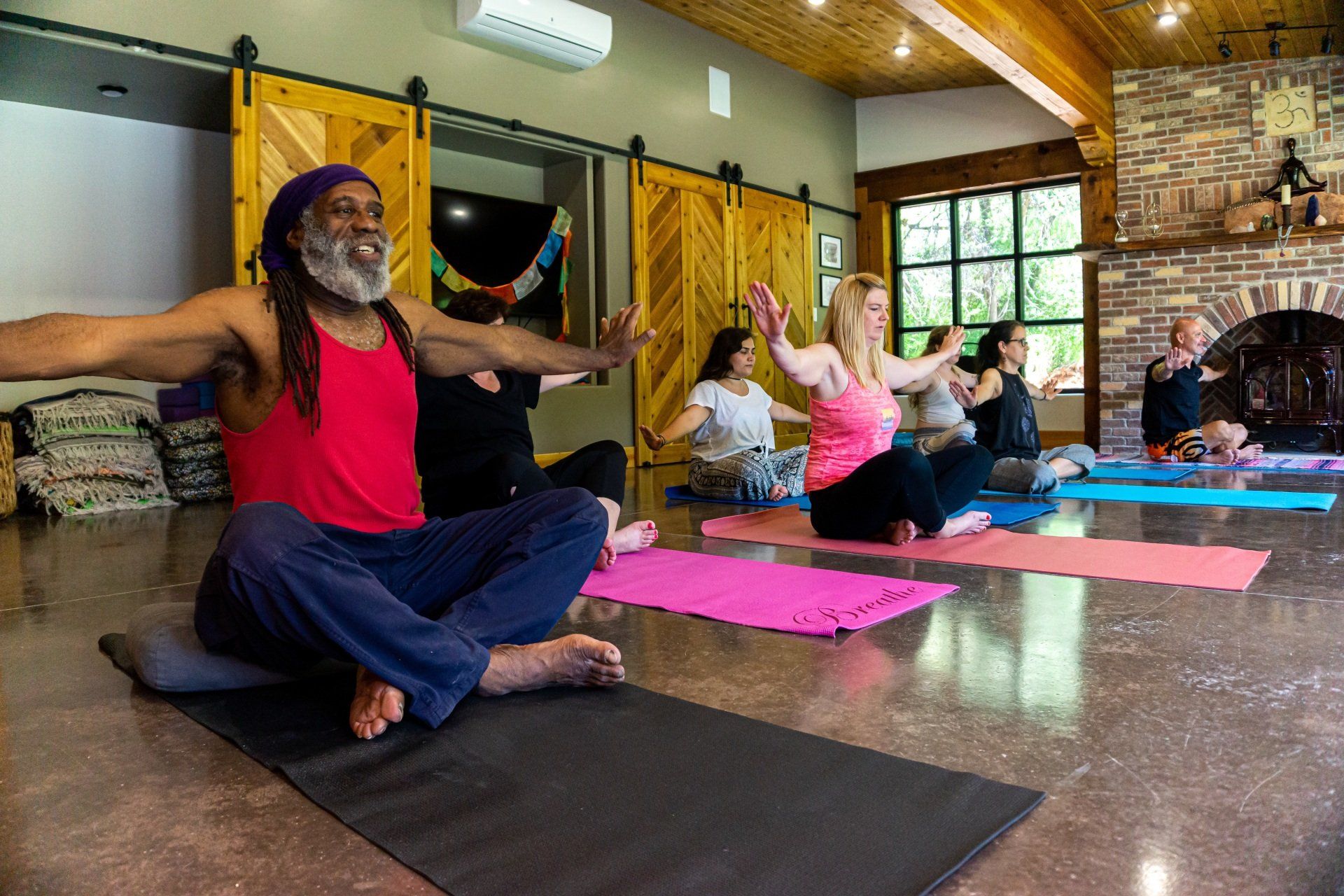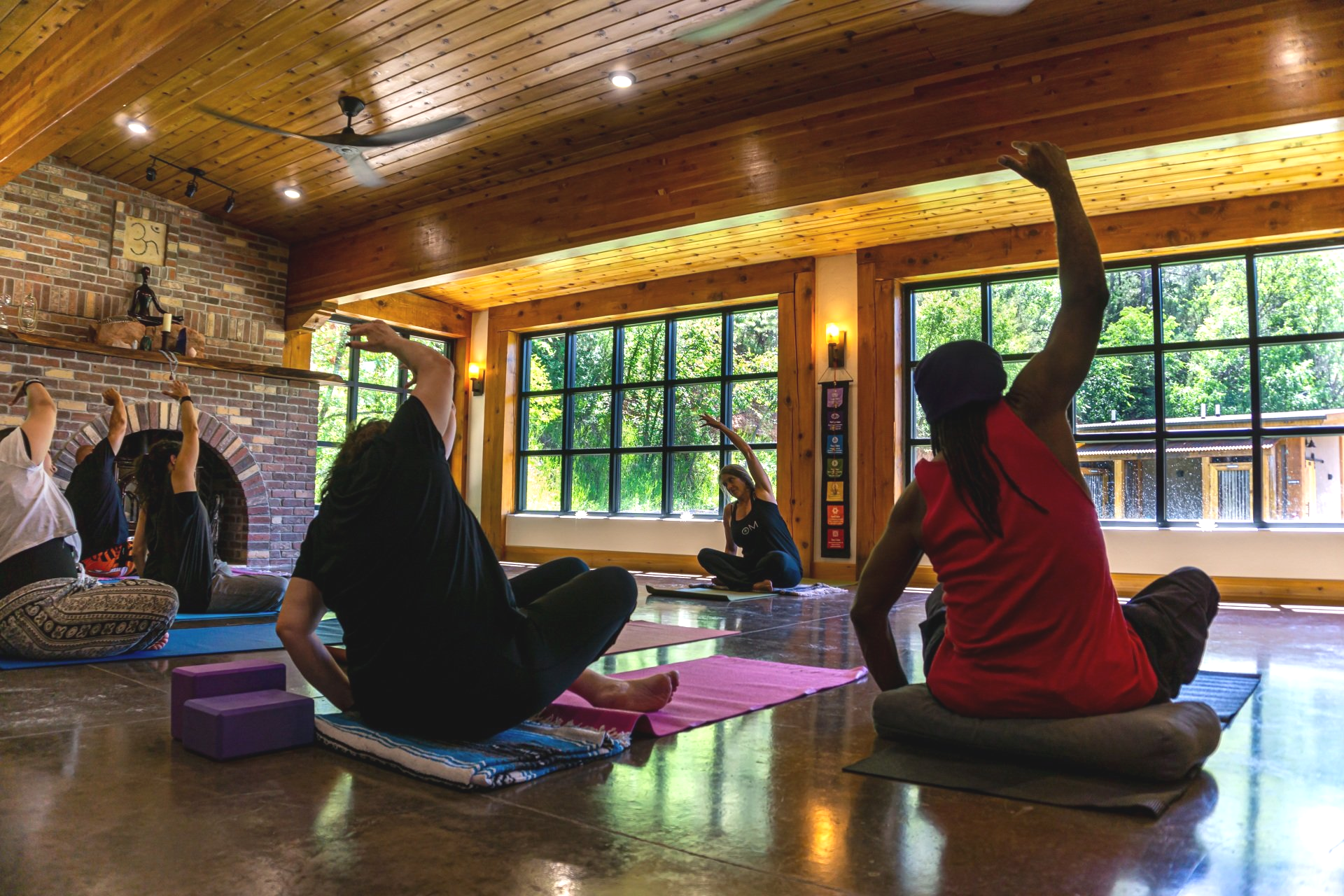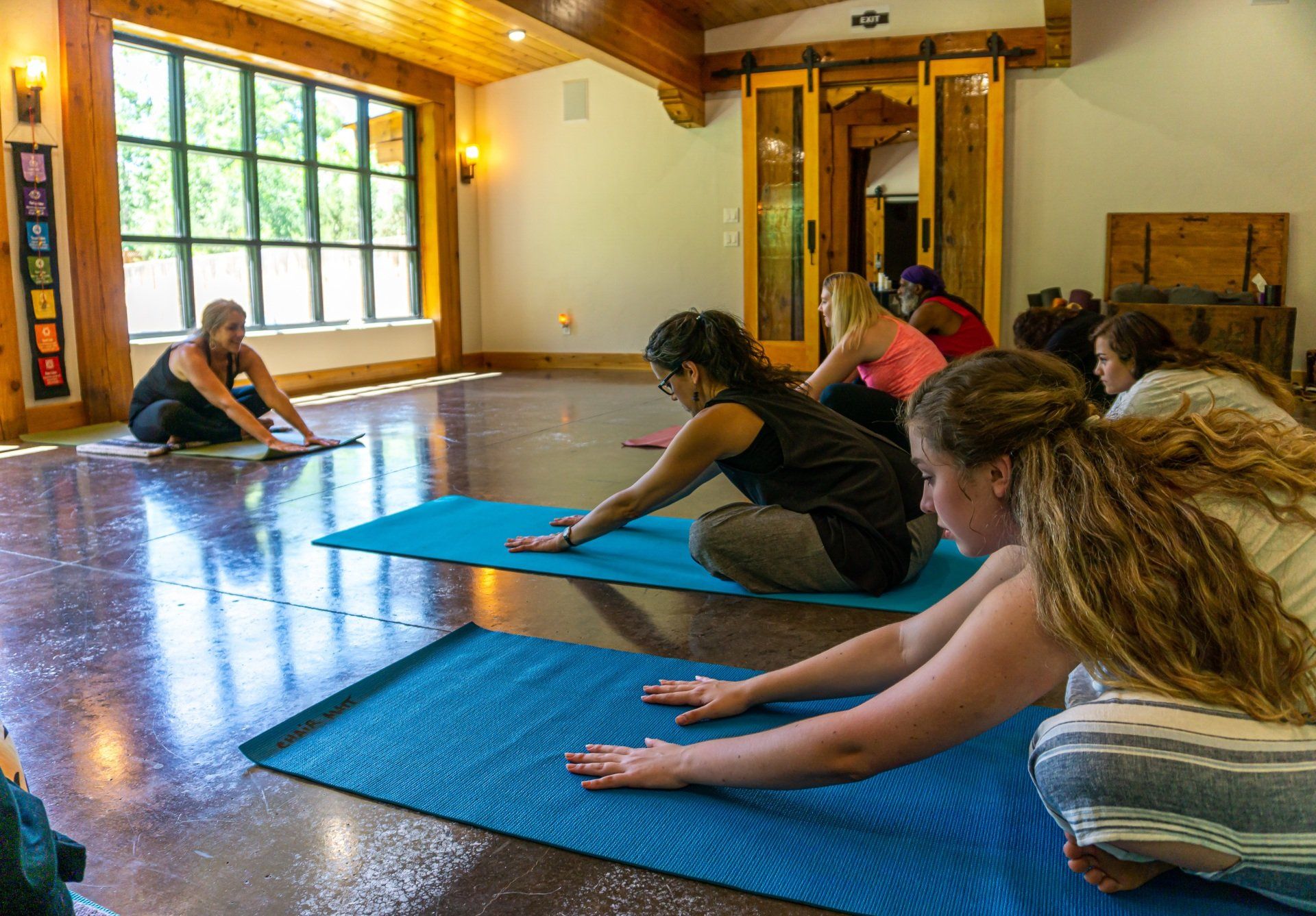Remember: You do what you can, creating room for increased awareness, flexibility and lung capacity.
Yoga is for everyone!
Hatha Yoga
What exactly Hatha yoga actually is hasn’t changed for thousands of years, however our thinking and perception of it certainly has. Language is a powerful thing, and in different cultures the same word can have a variety of definitions, throughout the evolution of yoga practice, the same word – Hatha – has come to mean different things too.
Popular thinking ‘in the West’ (an all-too-common expression now), is that Hatha yoga is about balancing the body and mind. With ‘ha’ representing the esoteric sun, and ‘tha’ the moon, and the practice of Hatha yoga aiming to join, yoke, or balance these two energies.
A yoga class described as ‘Hatha’ will typically involve a set of physical postures (yoga poses) and breathing techniques, practised more slowly and with more static posture holds than perhaps a Vinyasa flow or Ashtanga class.
Literally however, Hatha means ‘force’ and is more traditionally defined as ‘the yoga of force’, or ‘the means of attaining a state of yoga through force’. So Hatha yoga can be considered as anything you might do with the body, including:
- asana – yoga postures (practised in any style of ‘yoga’)
- pranayama – breathing techniques
- mantra – chanting or reciting
- mudra – hand gestures
shatkriyas and shatkarmas – cleansing techniques Kundalini
Kundalini yoga is designed to awaken the life force energy that sits dormant at the base of the spine. We use “Kriya”, a set of exercises for a particular purpose which may contain the tools of asana (physical movements) pranayama, (breathing exercises), mudra (hand positions), mantra (sound vibration), bandas (body locks) & meditation to explore our inner landscape.
YOGA DEFINITIONS
Yoga is a popular way to increase flexibility, gain strength, and reduce stress. This system of physical and mental practices originated in India roughly 5,000 years ago. One translation of the word "yoga" is "union," referring to the connection of body, mind, and spirit. There are many different types of yoga that range from gentle to strenuous, but every form of yoga improves your health from head to toe, inside and out. The most common techniques practiced in yoga are poses ("asanas" in Sanskrit), breathing exercises ("pranayama" in Sanskrit), and meditation.
When done regularly, yoga can keep you healthy. It can aid in the recovery from illness and pain; and it can discourage disease. It can also provide greater mental clarity, emotional balance, and overall wellness. The only requirements to learn yoga are proper instruction from a qualified and knowledgeable teacher and a steady practice. There are many more deeper explorations of the benefits of yoga for your body, mind, and spirit.






